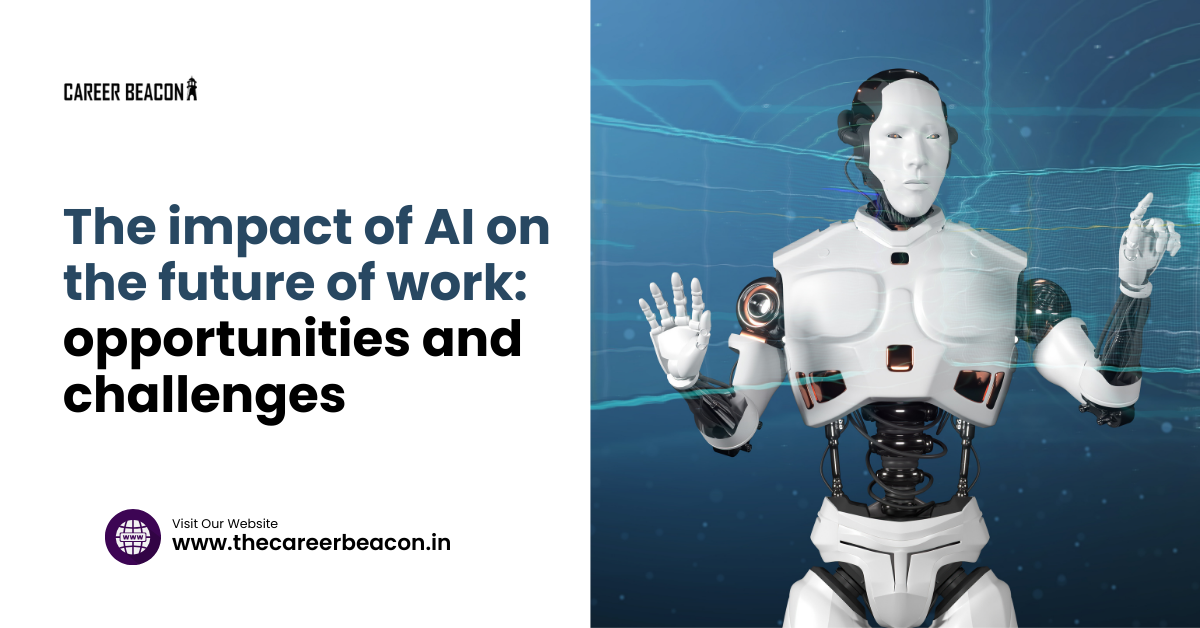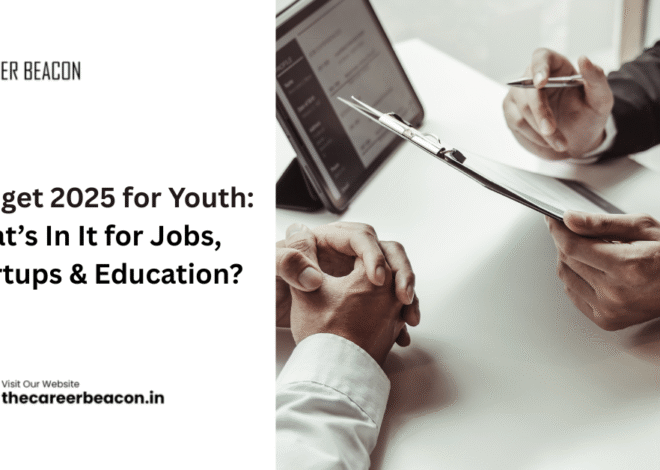
The impact of AI on the future of work: opportunities and challenges
Imagine working in a world where smart devices help with everyday tasks, freeing you up to focus creatively. The business market as we know it is changing as artificial intelligence continues to transform industries and create waves of opportunities and challenges.
1. AI development in the workplace
The adoption of AI in the workplace has been slow but significant. AI was once capable of just performing routine tasks. Today, it’s capable of sophisticated tasks like data analysis and decision-making, as well as artistic tasks like content creation. Driven by these improvements, productivity and efficiency will enter a new era.
2. Job possibilities
a. Data Science and Analytics
Data scientists and analysts are in high demand because of the large breadth of facts. These experts are responsible for decoding complicated facts to help companies make smarter picks. This position calls for a combination of programming talents, situational expertise, and mathematical competencies.
b. Internet security experts
As AI becomes more commonplace, cybersecurity becomes increasingly important. Cybersecurity professionals are critical to protecting privacy and ensuring the integrity of AI systems. These actions include identifying potential hazards, developing safety measures, and troubleshooting line material problems.
c. Ethics and policy in AI
The development of AI has raised questions about morality and crime. Lawmakers and AI ethicists are key players in the development of laws and policies that ensure the ethical use of AI. They encompass troubles that include statistics, privacy, bias within the creation of AI, and the effect of AI on society.
3. Industries transformed by AI
a. Health care system
AI is revolutionizing healthcare with better patient care, personalized treatments, and better disease diagnosis. AI-powered technologies can help researchers research drugs, predict disease outbreaks, and analyze medical images with greater accuracy to improve outcomes for patients and healthcare systems if they are more effective.
b. financial
Artificial intelligence is used in finance for risk management, fraud detection, and customized banking. Using AI algorithms, real-time behavior analysis can identify suspicious activity and mitigate risk. AI-powered chatbots improve the user experience while also providing customer service.
c. Education
With its potential to provide individualized mastering stories, AI is reworking schooling. AI-powered structures are capable of generating customized learning routes, offering targeted comments, and modifying a student’s velocity of mastery. Learning results are progressed, and student engagement is improved using this individualized technique.
4. AI’s Challenges
a. Job displacement
AI’s ability to displace people is one of its most important issues. AI structures might also subsequently take the place of human labour in a few jobs as they develop in capability. Particularly inclined are jobs that require repetitive actions, such as information input and simple manufacturing chores. To stay relevant, humans can also need to reskill or upskill due to this displacement, which may also bring about unemployment.
b. Deficit in Skills
There is a talent gap among the employees due to the fast improvement of AI technology.
Engineers, record scientists, and AI professionals are in fantastic demand, but there may be a dearth of ready employees. To close this talent gap, large sums of cash ought to be allotted to schooling and education projects that offer employees the requisite education.
c. Moral Issues
If AI systems are not managed appropriately, they can reinforce preexisting biases and possibly make them worse. A critical trouble is making sure responsibility, openness, and justice in AI structures. Additionally, because AI systems are capable of gathering and analysing giant volumes of private data, their use poses questions about privacy and monitoring.
d. Dangers to Security
Threats to system safety can nonetheless affect AI structures. Vulnerabilities in AI algorithms can be exploited by hackers with doubtless disastrous results. It is crucial to ensure the security and resilience of AI systems to prevent abuse and guard non-public statistics.
5. Getting Ready for a Future Driven with the Aid of AI
a. Lifelong learning
To prosper in an AI-driven destiny, people want to decide to pursue lifelong study. It takes ongoing schooling to keep up with the rate at which a generation is changing. Online courses, certifications, and booklets can help professionals in their capacity and maintain their competitiveness in the activity market.
b. Humans and AI working together in a relationship
It is important to see AI as a tool that can make humans more resilient to threats.
More creativity and productivity can result from human and AI collaboration. AI can take care of monotonous jobs so that people can concentrate on more strategic and innovative work.
c. Getting Soft Skills Equipped
Soft competencies like creativity, vital thinking, and emotional intelligence will usually be useful, even though technological competencies are crucial. These competencies help people triumph over difficult issues, behave nicely in agencies, and adjust to changing surroundings.
d. The creation of ethical AI
Encouraging ethical AI research is important to making sure AI improves society as a whole. Fairness, duty, and openness have to receive pinnacle priority in employing establishments at the same time as growing AI systems. Together, business leaders and policymakers need to expand policies and legislation that support the ethical value of AI.
Conclusion
AI has the potential to significantly impact destiny, offering both possibilities and challenges. AI will transform industries, open up new imaging opportunities, and call for cutting-edge capabilities as it evolves. We can also reap the benefits of AI’s potential to improve everyone’s lives by helping to improve ethical AI, encouraging human-AI collaboration, and embracing lifelong learning.


